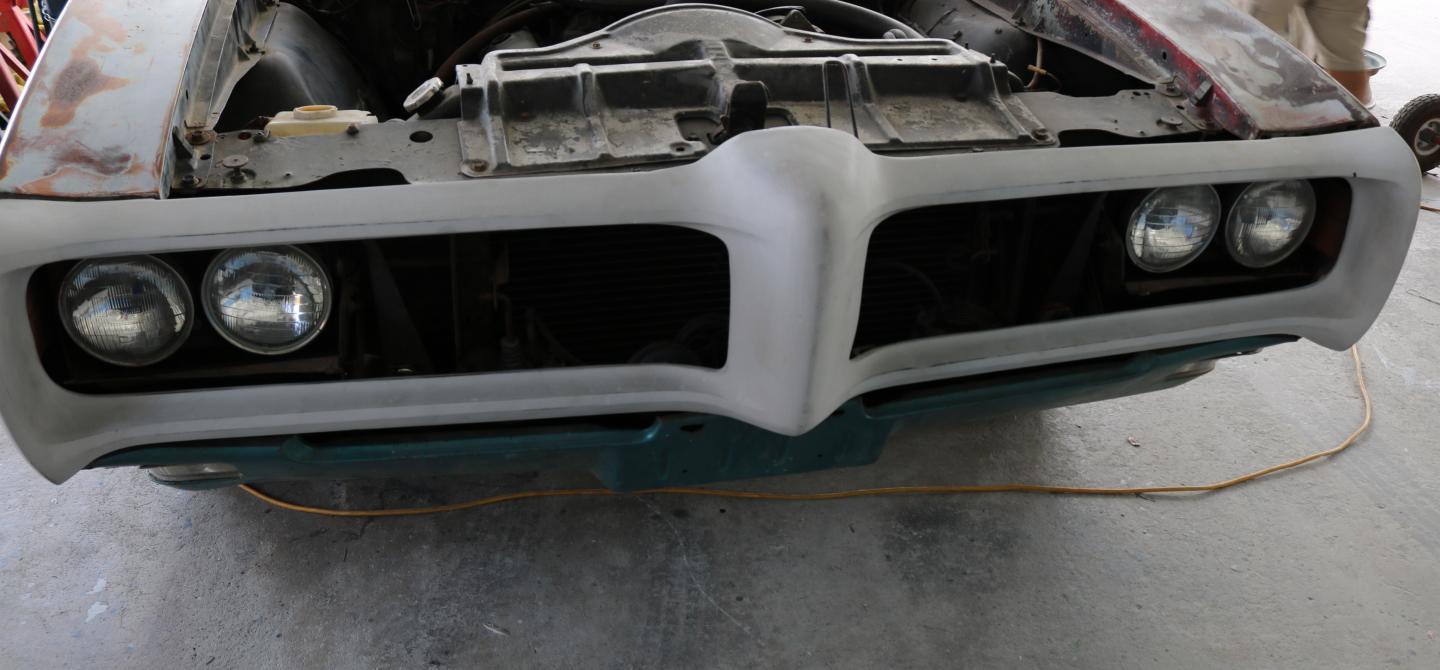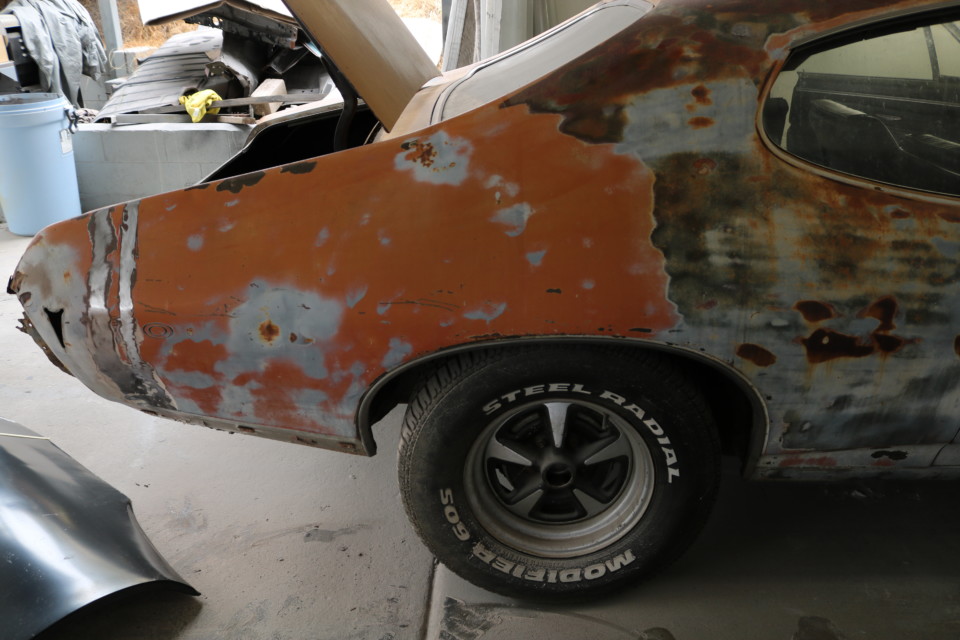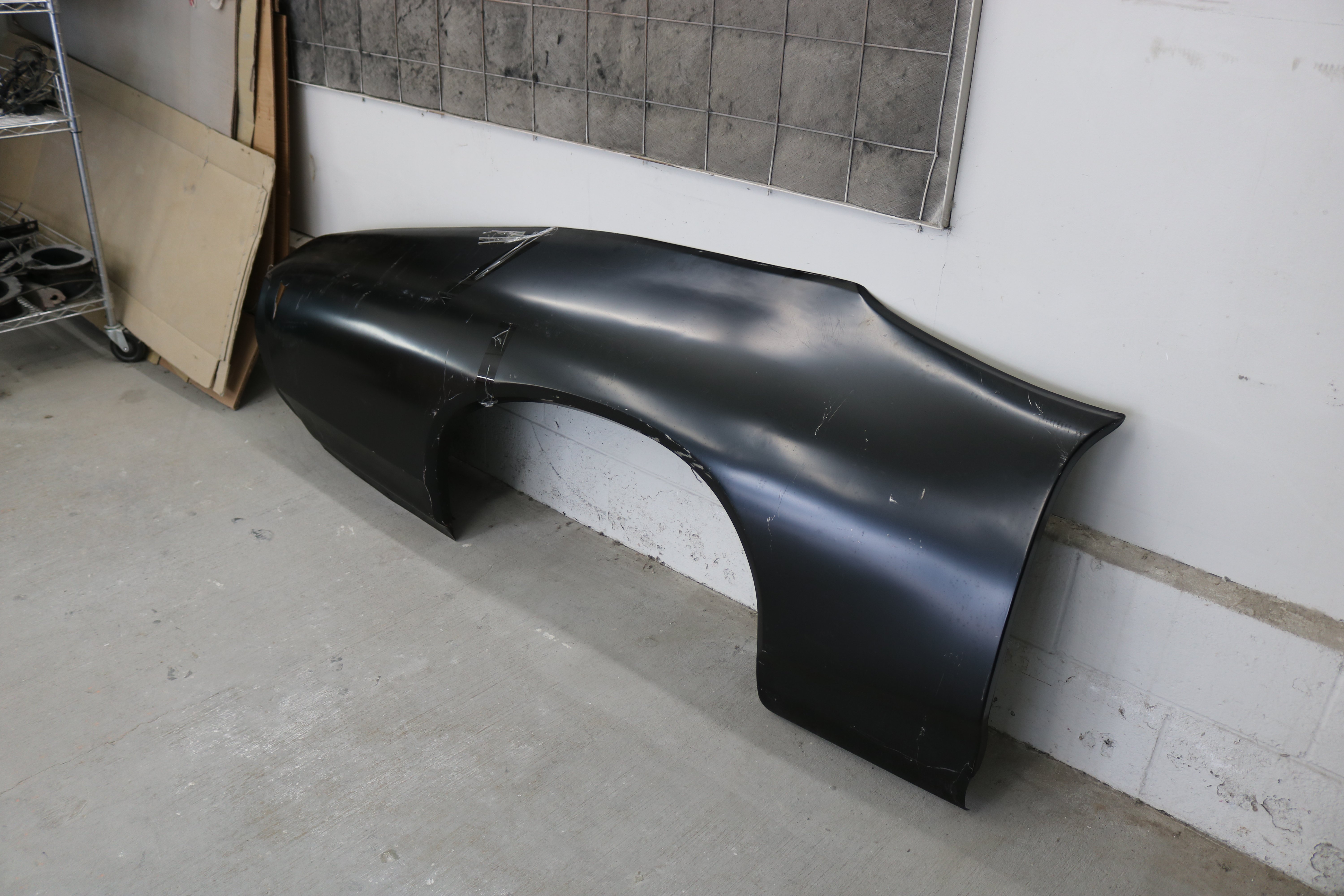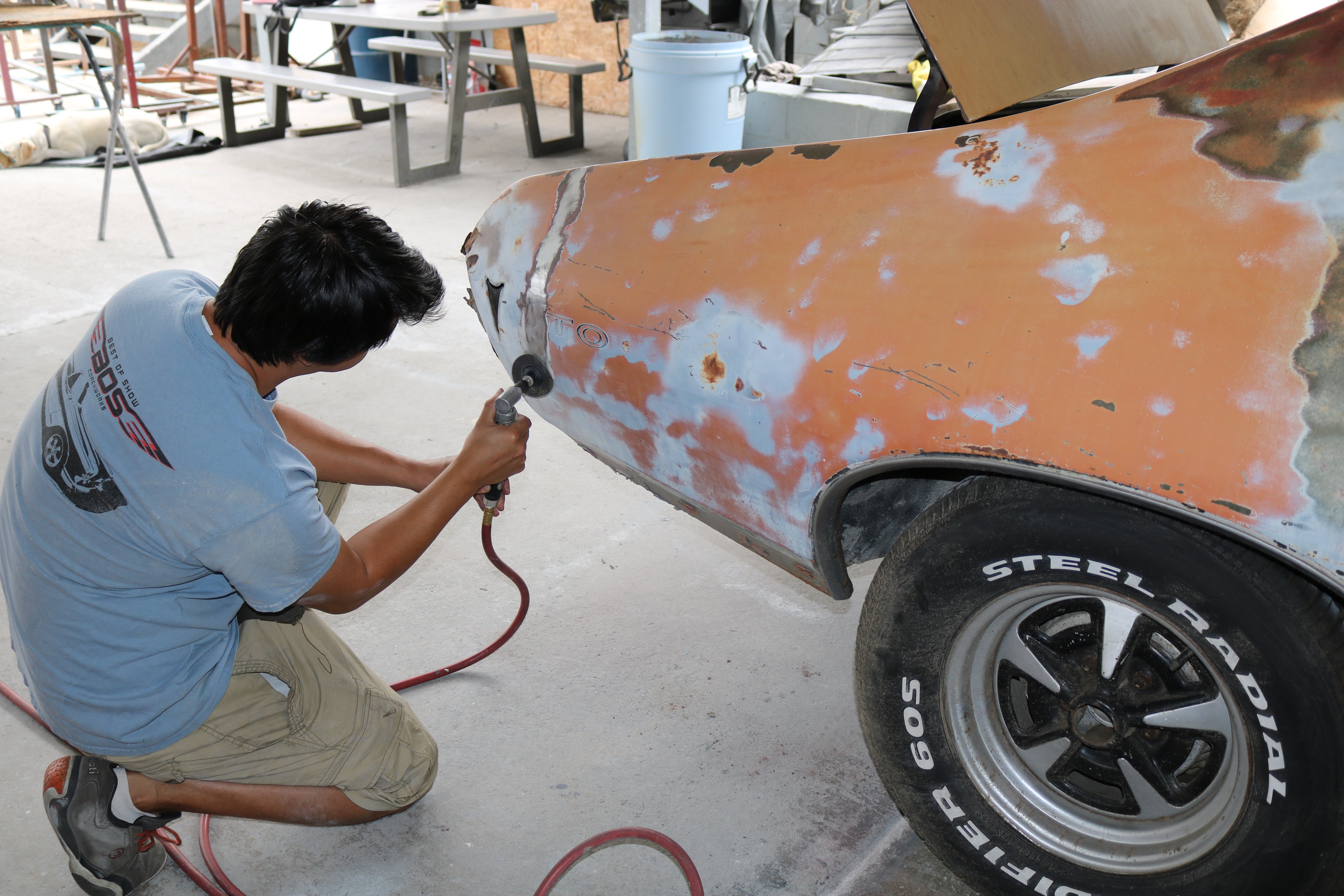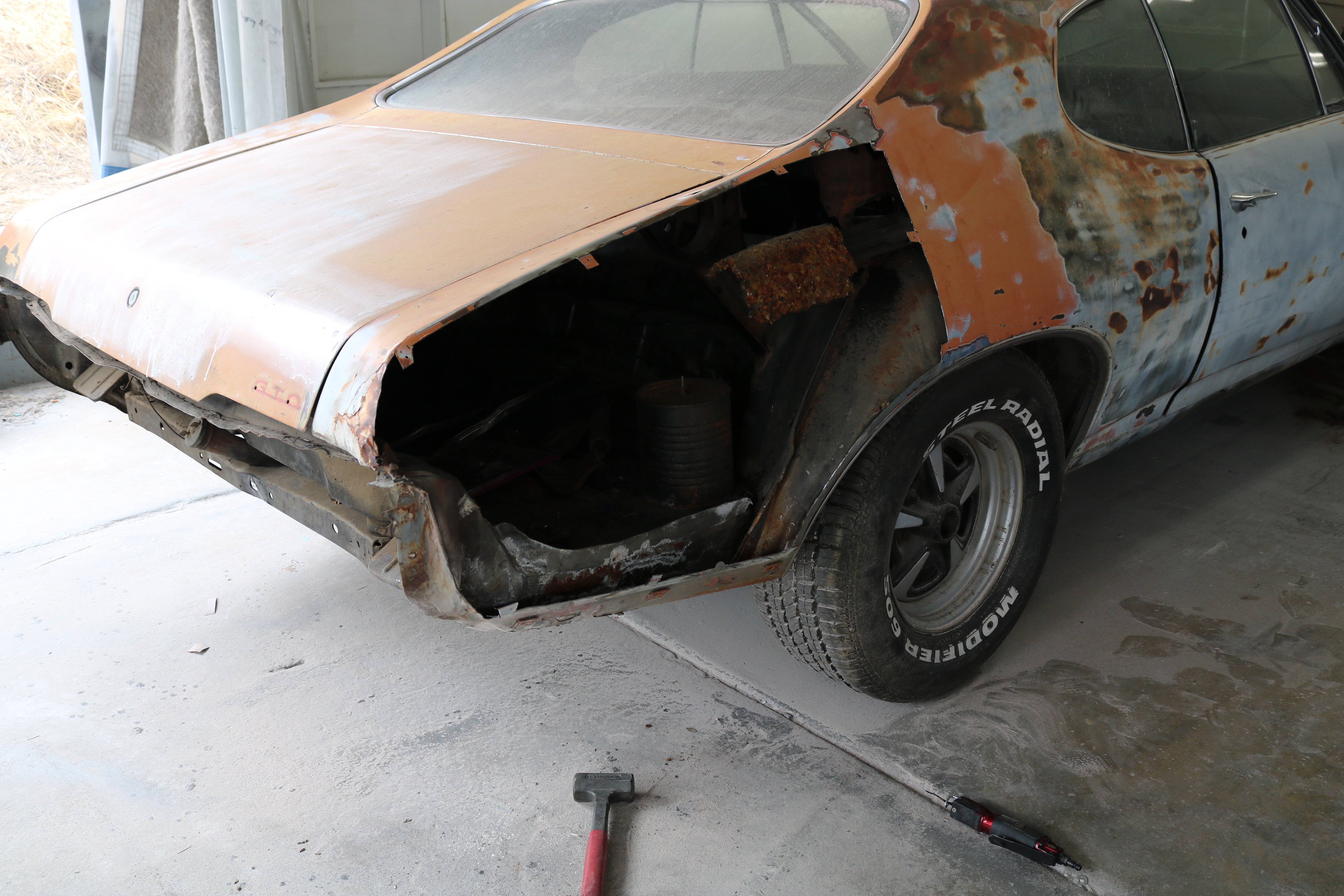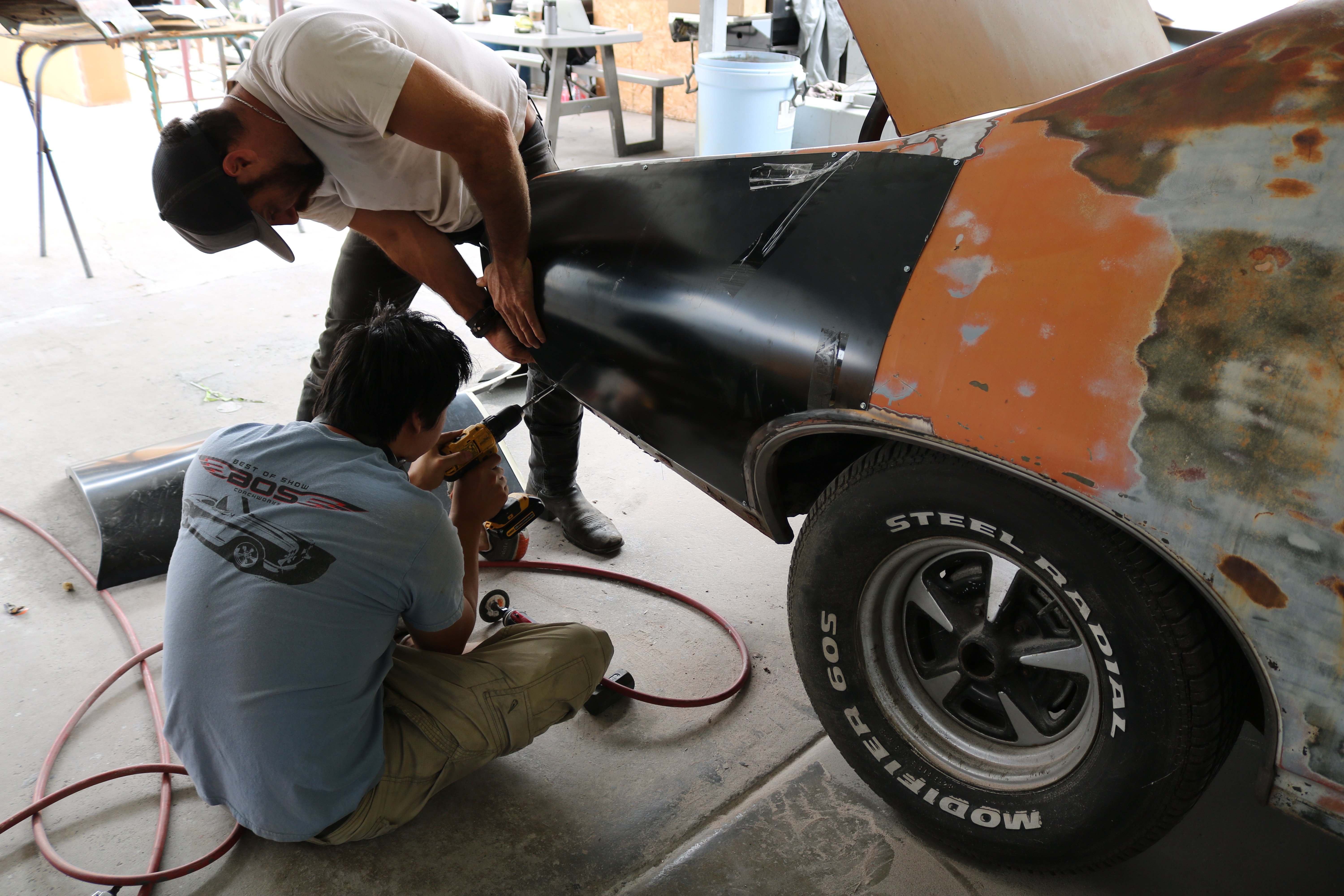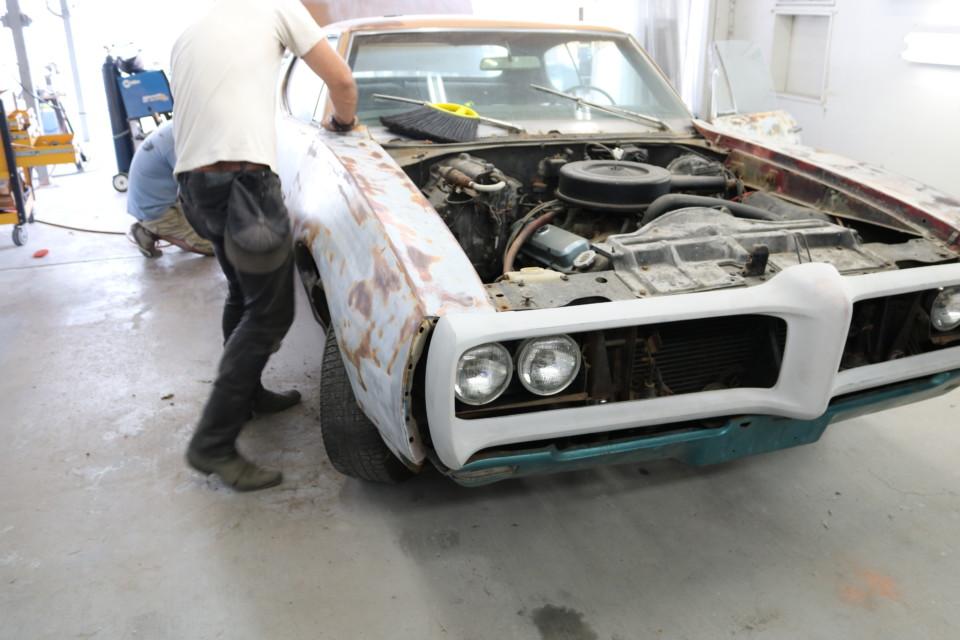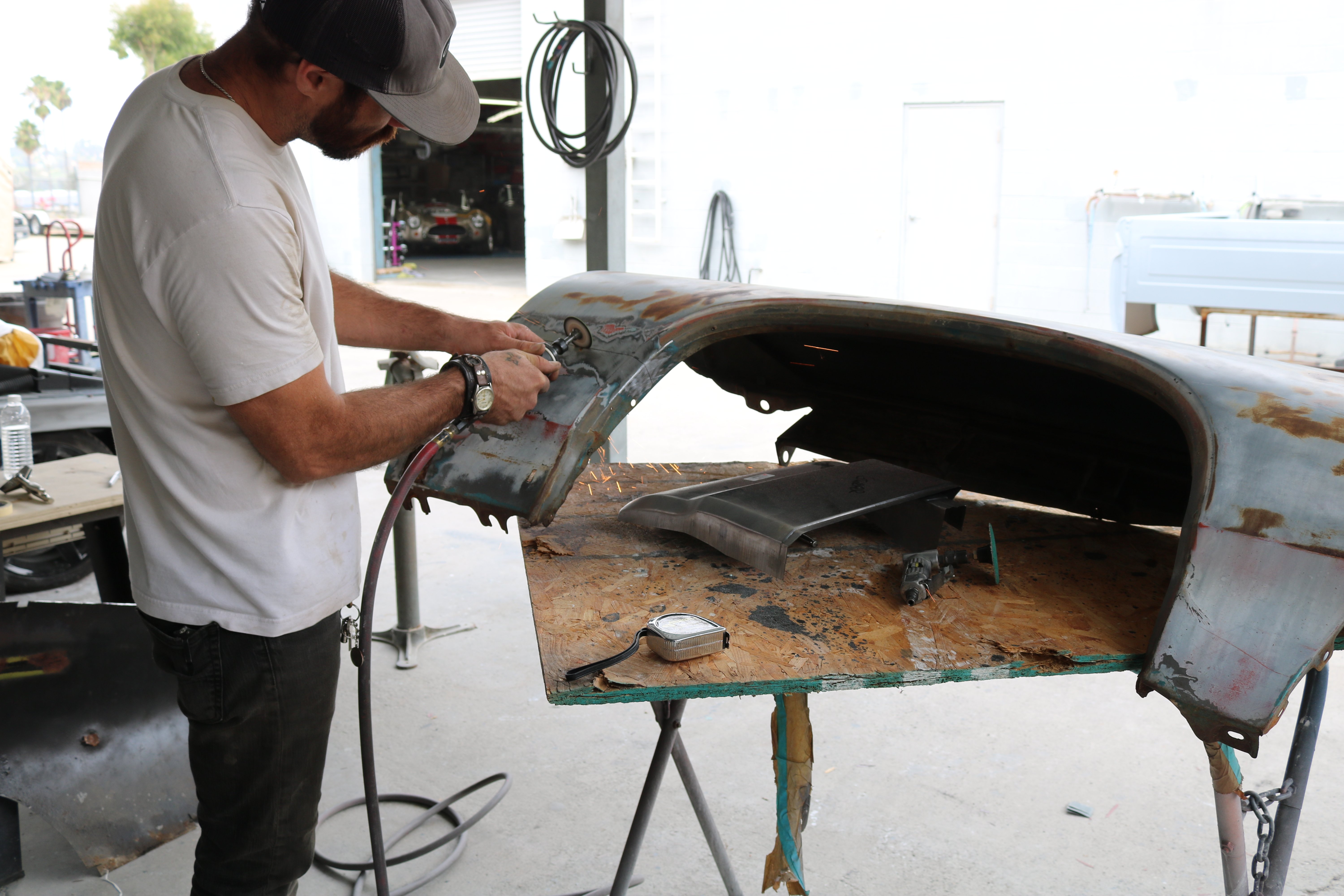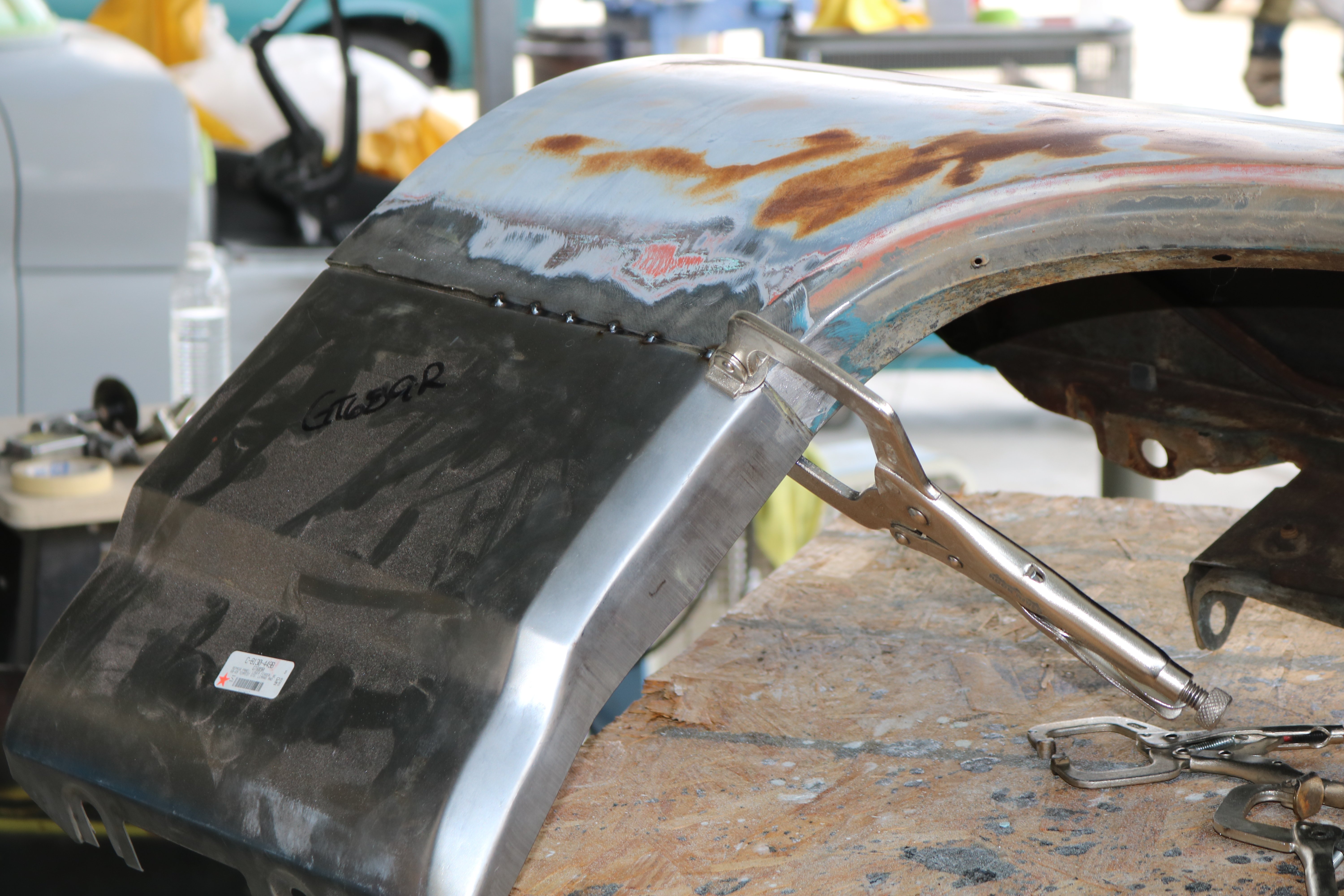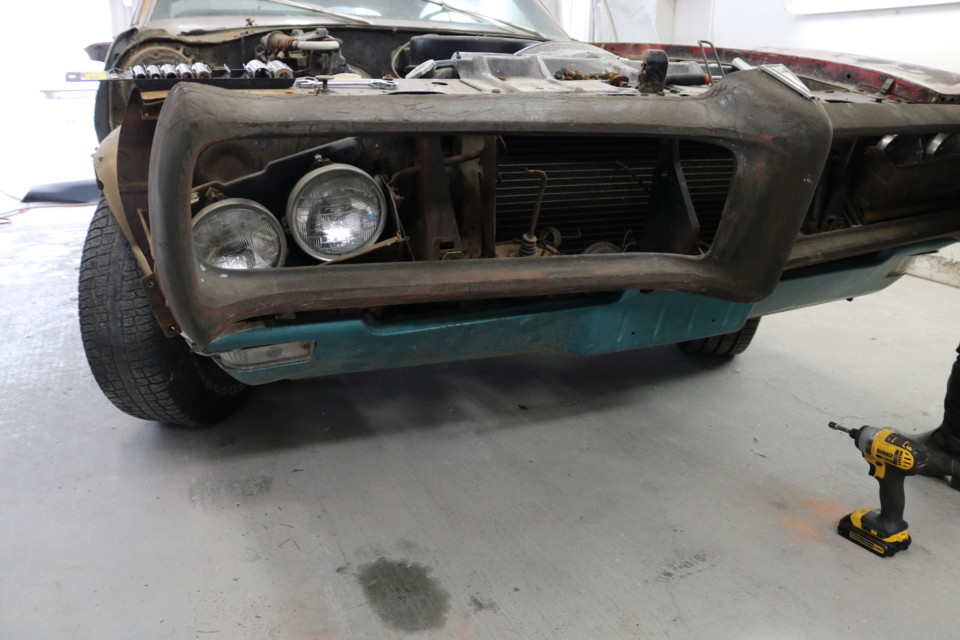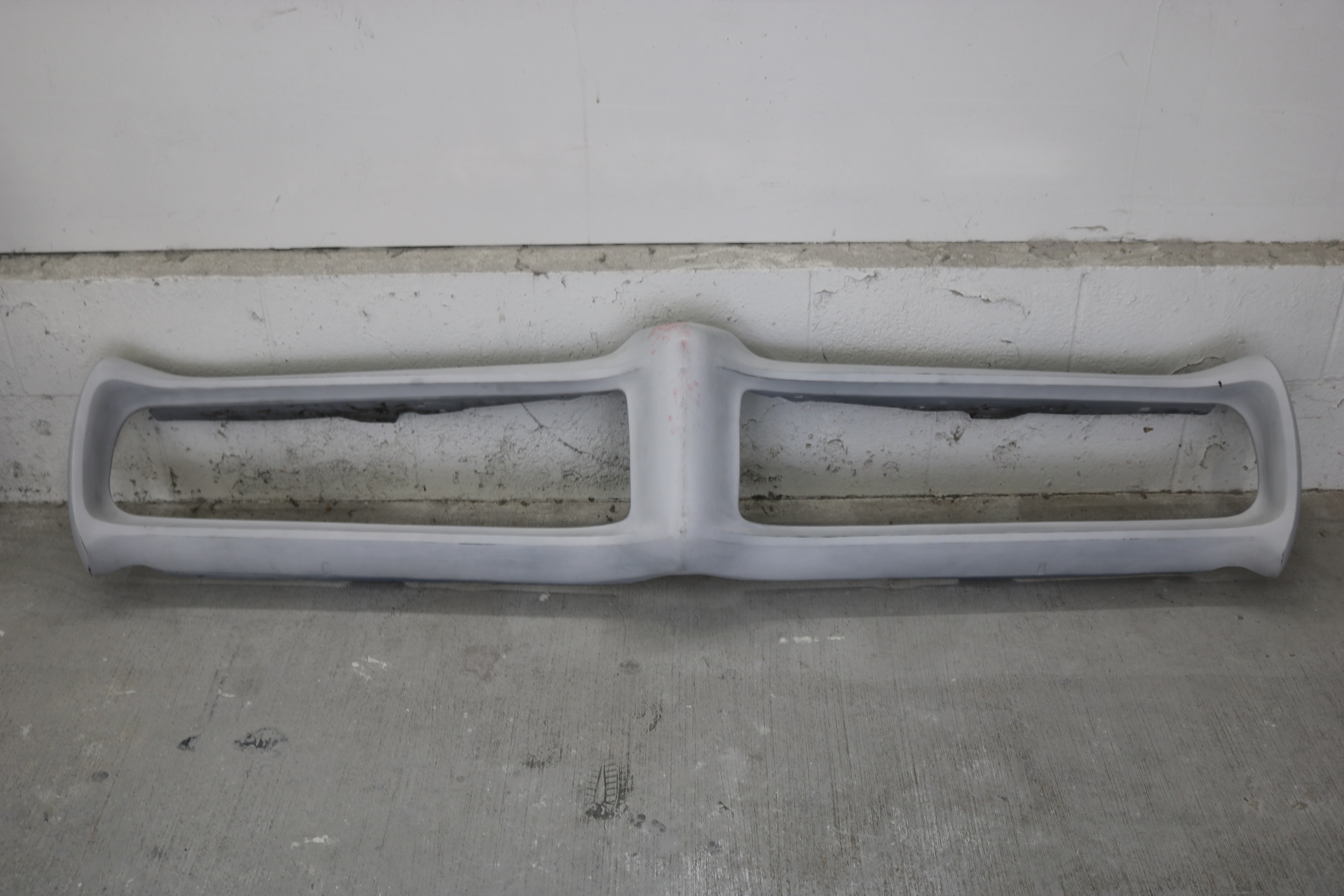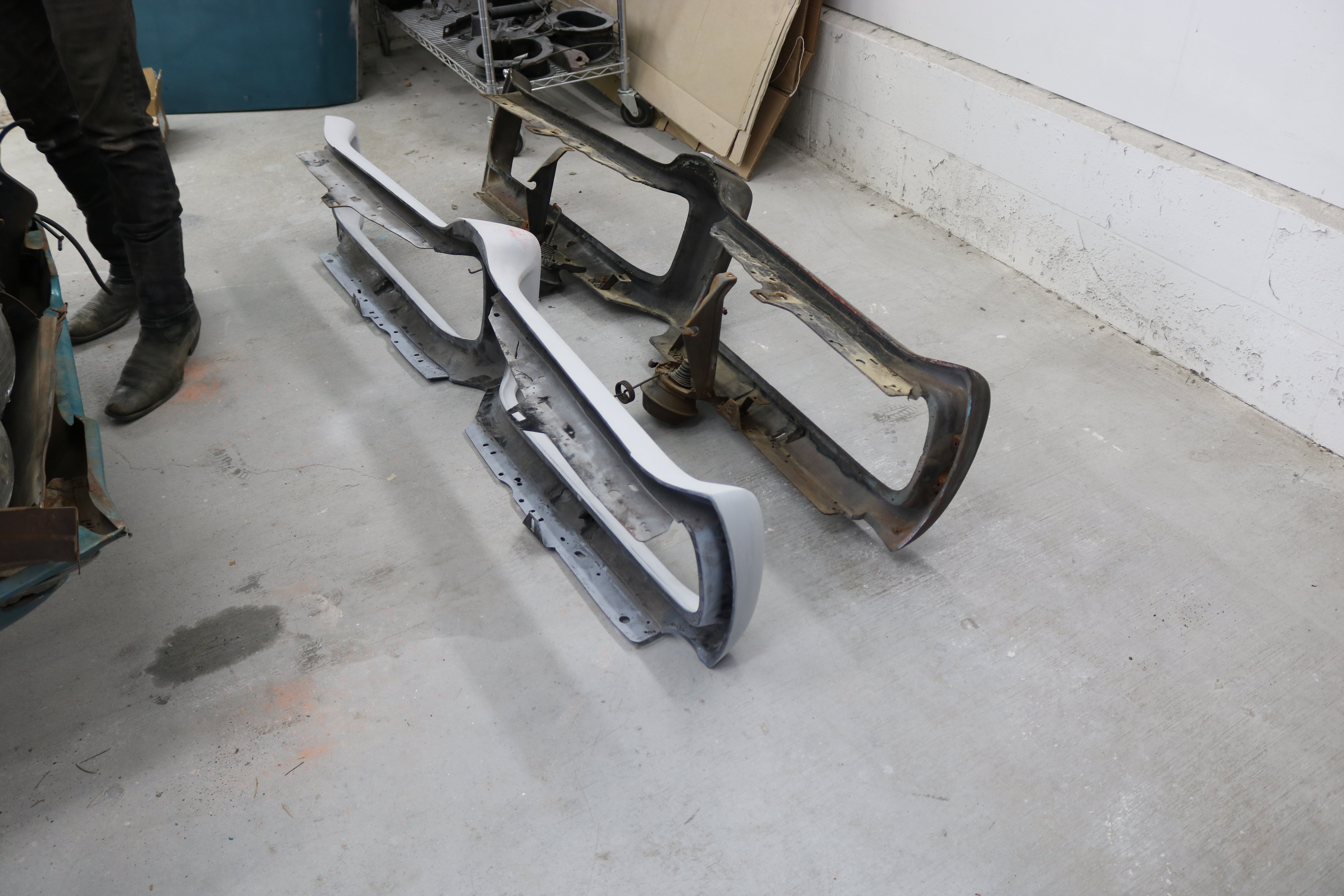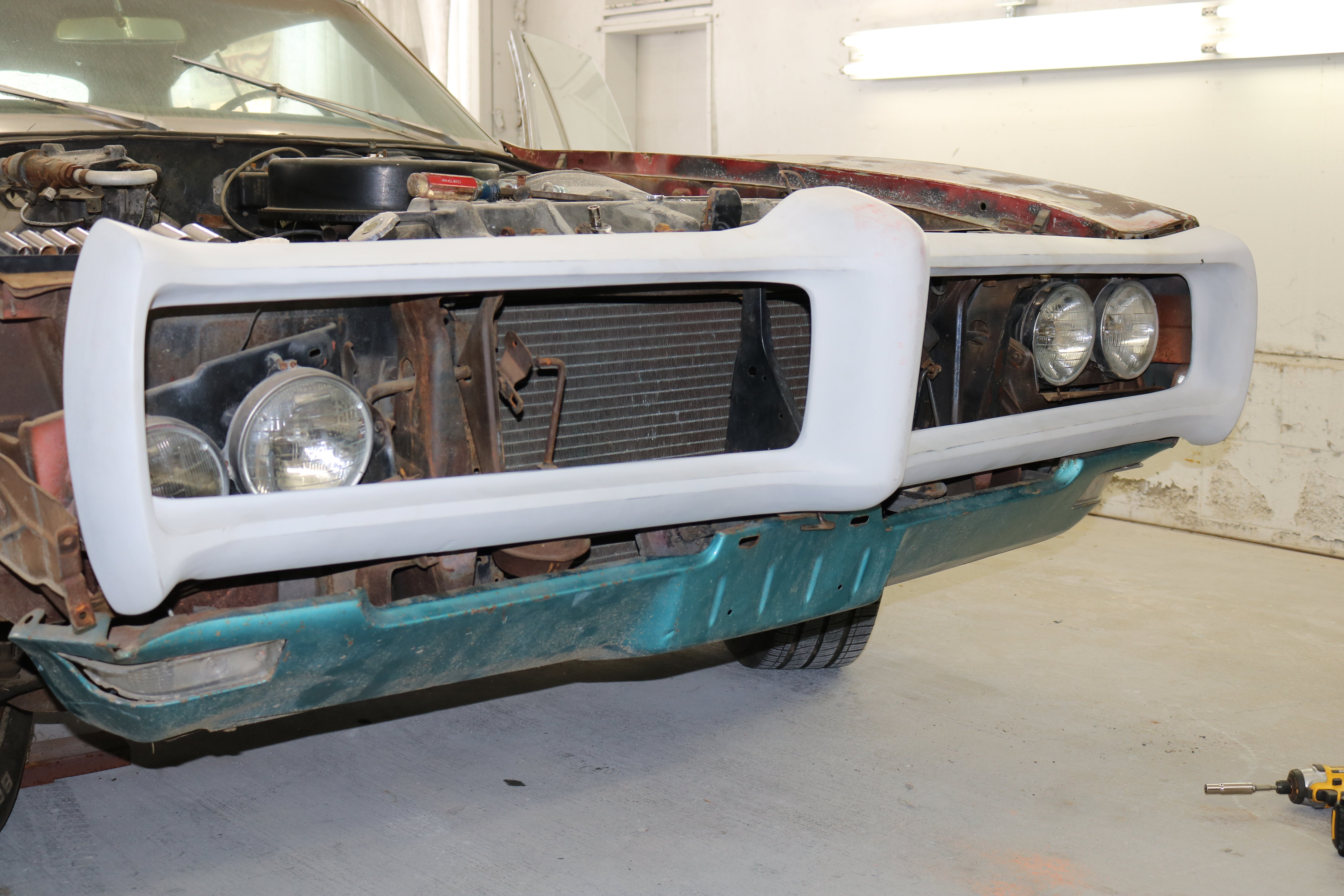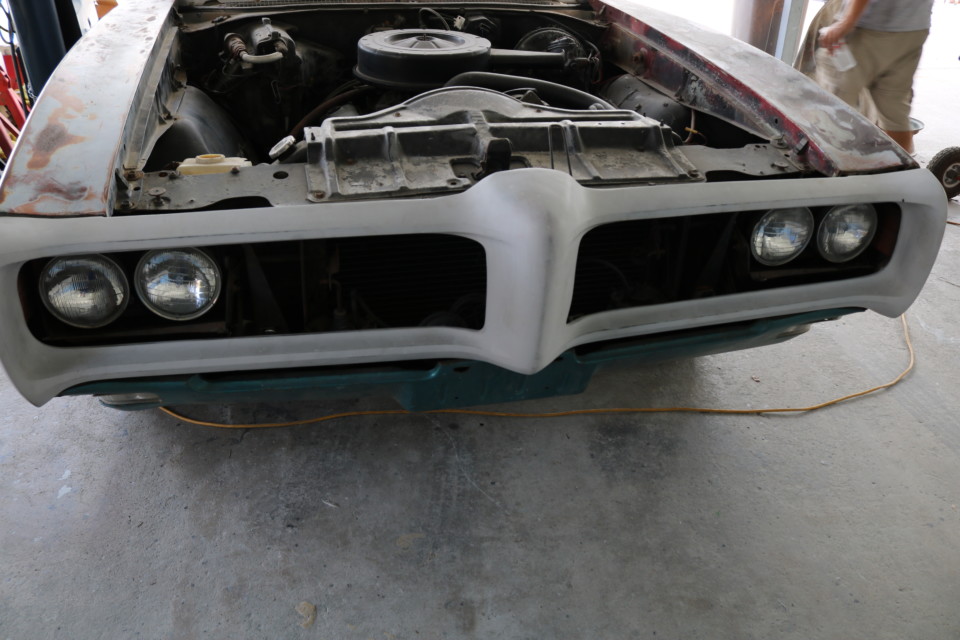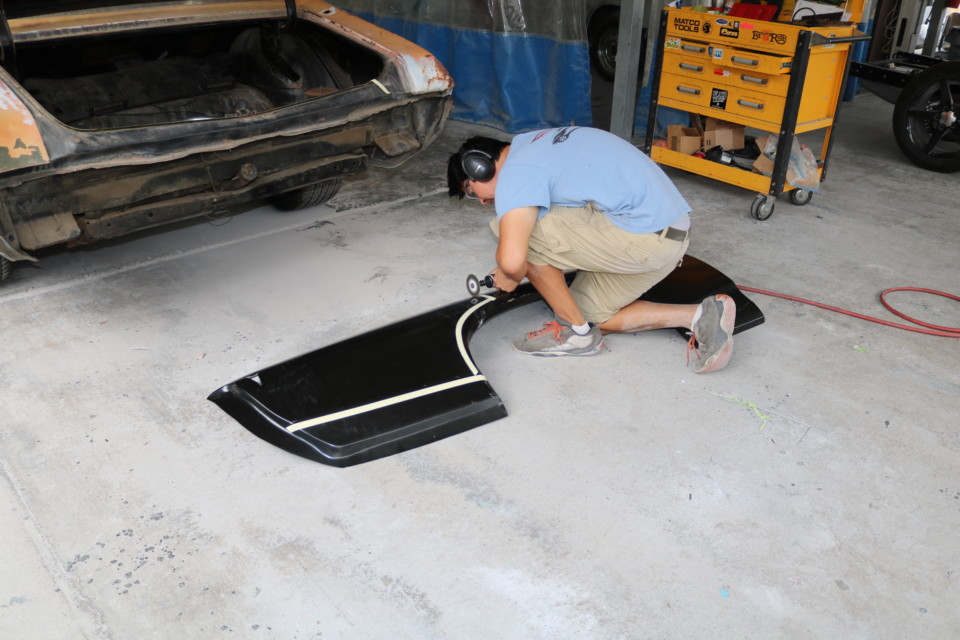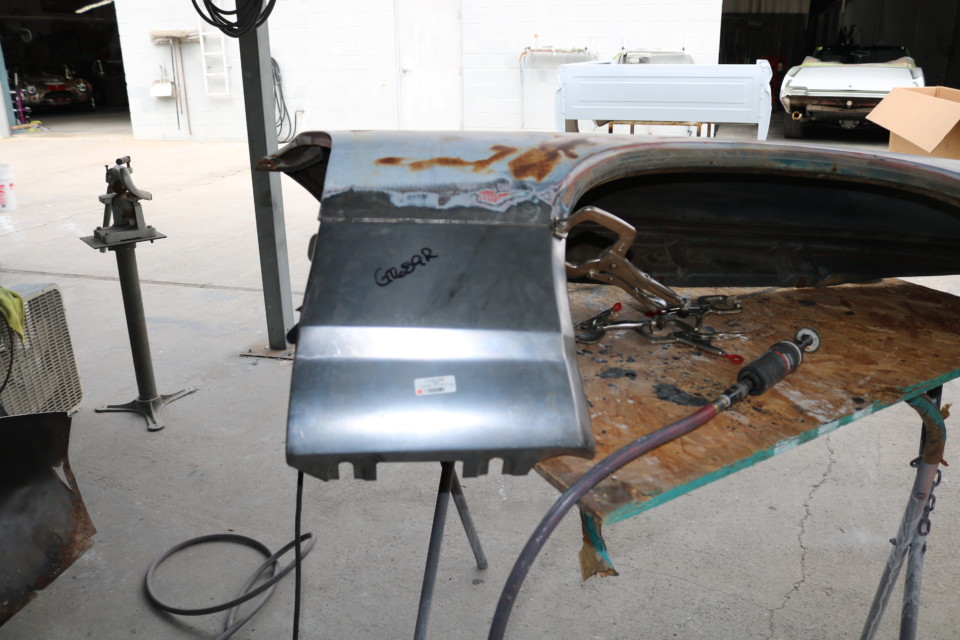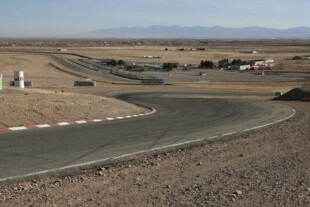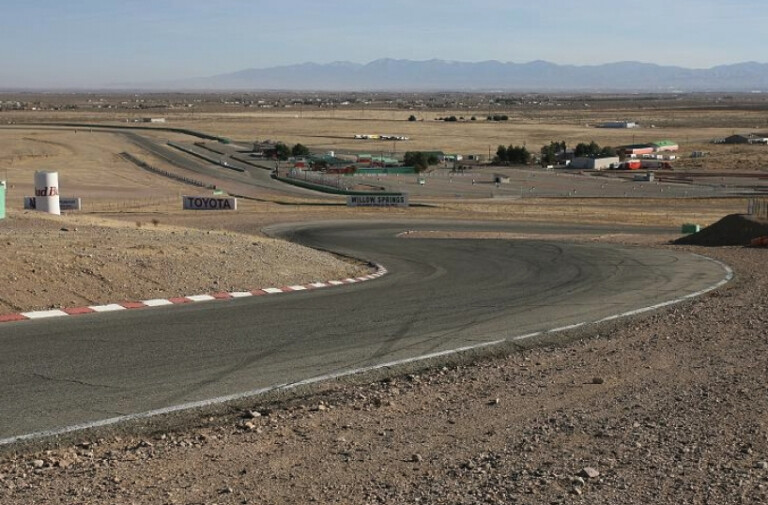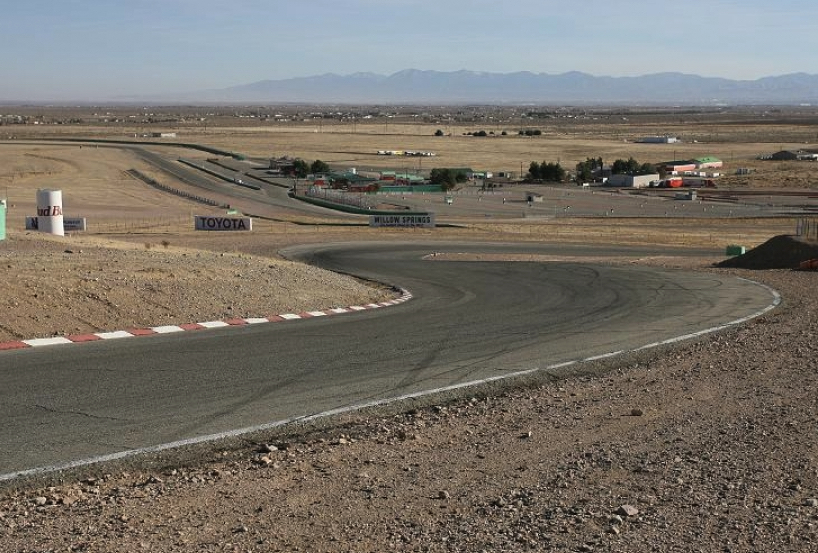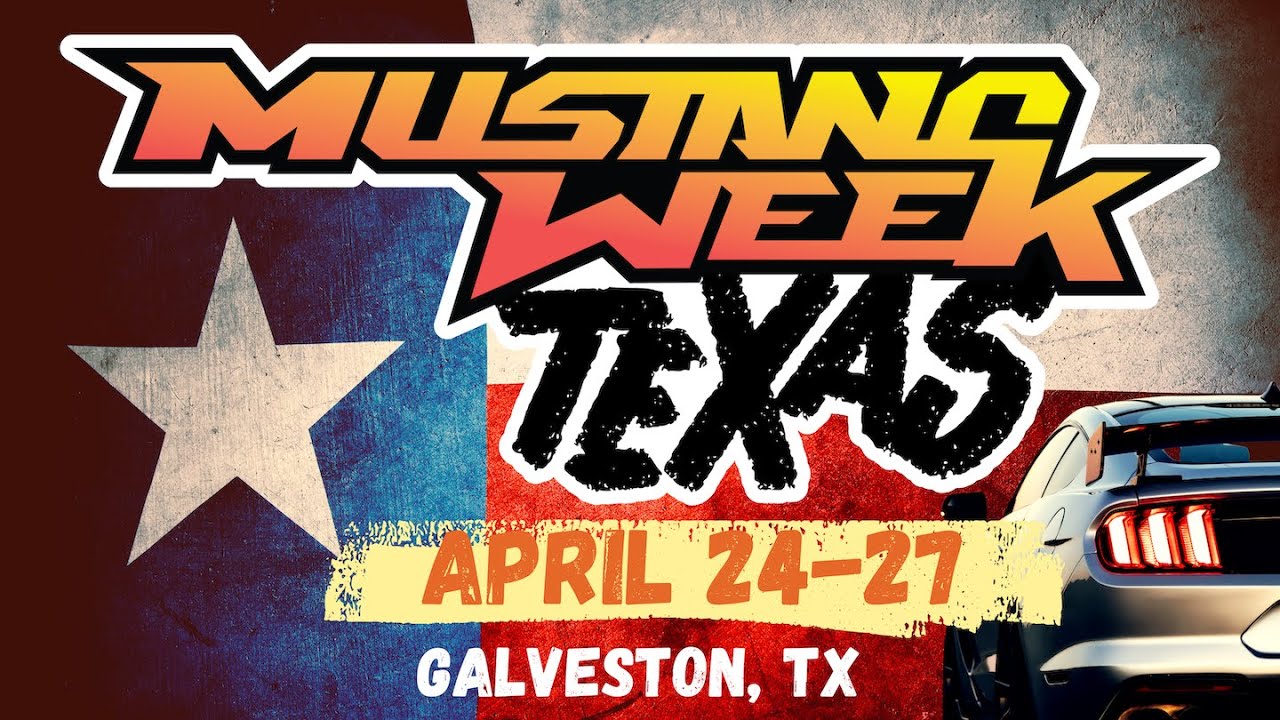When we got Project Payback, our ’68 Pontiac GTO, it had seen better days. Somewhere along the line, our GTO was either rear-ended or backed into something. Regardless, the passenger-side rear quarter panel was toast. The front fender was also roached-out and needed repair. Like many of these old goats, its Endura-bumper was a goner. Luckily for us, the good people at National Parts Depot (NPD) were able to help us with the parts we needed.
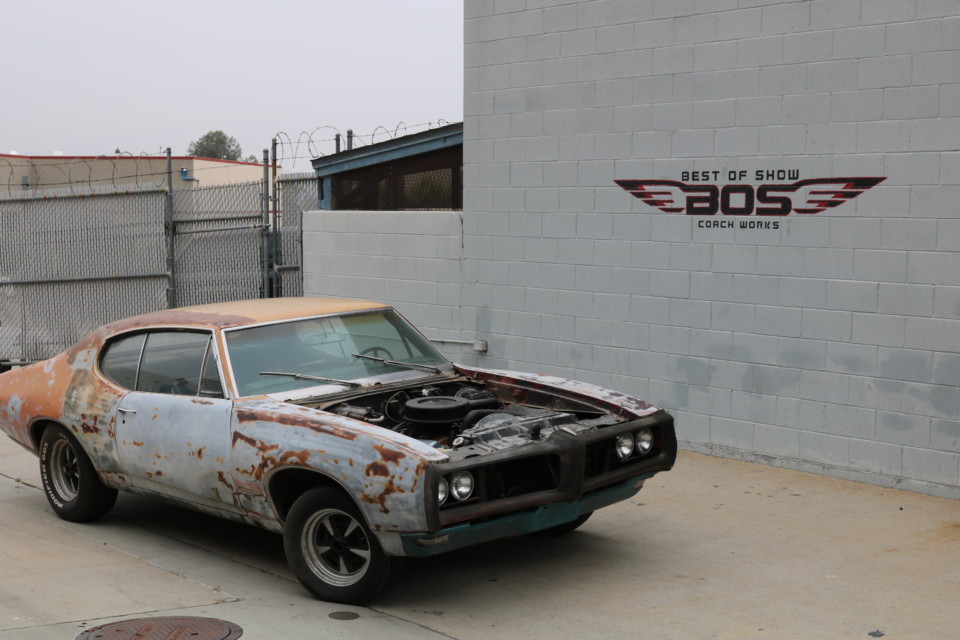
When Payback arrived at Best Of Show Coach Works, it was in pretty bad shape, as far as bodywork was concerned.
National Parts Depot has been around for ages and offers restoration parts for a multitude of different platforms. That includes the GM A-body. So, when we called them up, they knew exactly what we needed for Project Payback, and sent it right over.
As for the bodywork, we reached out to the well-known metal artists at Best Of Show Coach Works in Escondido, California. Matt Alcala, the owner, has been doing his thing with sheetmetal for years. He was stoked to get his hands on our Pontiac. Best Of Show is known for churning out some gorgeous classics and special interest cars – not so much run-of-the-mill stuff. It’s safe to say, our GTO was in very capable hands.
For many of you, bodywork might not be anything new. But, Matt had some wisdom to impart to us, particularly when dealing with an aftermarket manufacturer like National Parts Depot. We will run down some of the finer points Matt was gracious enough to share with us.
The Rear Quarter Panel:
We asked Matt how he went about repairing the damage to the rear-end and quarter panel. He said “On the GTO, we figured it would be best to replace the back half of the rear-quarter. We started with a full-quarter panel, but we trimmed and spliced it in. In my experience, nothing that is aftermarket fits 100-percent perfectly. For the amount of time you’d spend to line it up and spot weld things in, it could greatly exceed the time it would take to splice and butt weld.
Replacing the rear quarter panel that was munched by who knows what, involved cutting the old panel off and butt splicing the new panel in.
The Front Fender:
The rear-quarter panel was cut and spliced, and the front fender was patched. However, it was done a little differently. The front fender had a small rusted-out area, so Matt used an interesting method to fix it.
“The fenders have a stepped-flange to weld. We cut the bottom-half off, and fit it with the ‘tongue and groove’ part of the stamping. Once the patch was in place, we spot-welded it in. Welding the backside of the filler panel prevents warping or making the patch concave, as well.”
The patch panel was once again spliced onto the original fender to eliminate the nasty rust problem.
Using patch panels to repair rusted or damaged areas is a great way to go, for the reasons Matt mentioned. It is important to take precautions when doing so, though. Spot-welding braces behind the patch panel are almost mandatory.
The Endura Bumper:
Not very long ago, the reputation of aftermarket sheet metal stampings was they needed work to make them fit. However, when dealing with an item like a composite bumper instead of sheet metal, what you see is pretty much what you get. So initially, we were nervous when it came to the fitment of the new Endura bumper. It is imperative it fit correctly out of the box because there is little adjustment available. Lucky for us, modern offerings are a far cry better than they were and NPD is a capable manufacturer.
We asked Matt how the bumper installation went. “With the Endura bumper, there’s not much bodywork that can be performed. If there are adjustments to be made, it’s going to be with the mounting tabs, typically you’ll have to slot and elongate them.
The new Endura bumper from NPD was just the trick to take care of our ailing front end.
“You line up the gaps and make sure the hood is square in the opening, and the hood-to-fender gap stays straight and consistent. The nose is the last piece of the puzzle; if it’s too wide, it’s not going to fit. Fortunately, we were able to work with one and make it fit, but we had to adjust the mounting tabs.
“They’re all old cars. Sometimes they’ve been hit, and it’s hard to tell where until you get into things. That all affects the way things go together.”
Understand that not all cars have lived the same life. While some have been babied, others – like Payback – have had a rough go of it. As a result, things might not always line up the way they’re supposed to. Thankfully Matt and his crew know what to do.
Aftermarket vs. OEM (Junkyard):
Conclusion:
We learned quite a bit about the current trends in bodywork, and how classic cars sync up with modern-day replacement parts. We worked with National Parts Depot, a company at the forefront of the reproduction body panel industry, and the quality of its products indeed showed.
Matt and his team at Best Of Show Coach Works used those parts to repair and replace body panels, including our Endura bumper. We would have been up a creek without a paddle if NPD didn’t cater to muscle car enthusiasts the way they do. Especially considering the Endura bumper we had on Payback was in horrible shape – as would any 50-plus-year-old synthetic bumper.
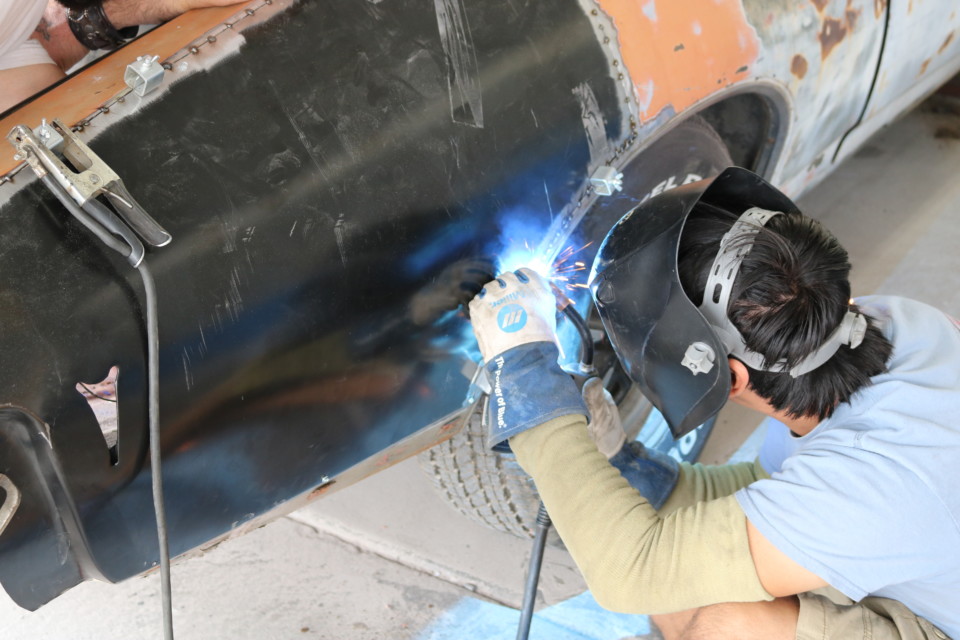
Project Payback’s panels are back from the dead with a little help from NPD and Best Of Show Coachworks…
So, If you’re planning on starting your own restoration, check out National Parts Depot for any replacement panels. It beats the heck out of scouring junkyards and online forums. Plus, now you know how to get the job done using factory and replacement parts together.
For more information on National Parts Depot, and its line of parts, check out its website, here. Check back with us for more updates on Project Payback, and everything else at Street Muscle.


